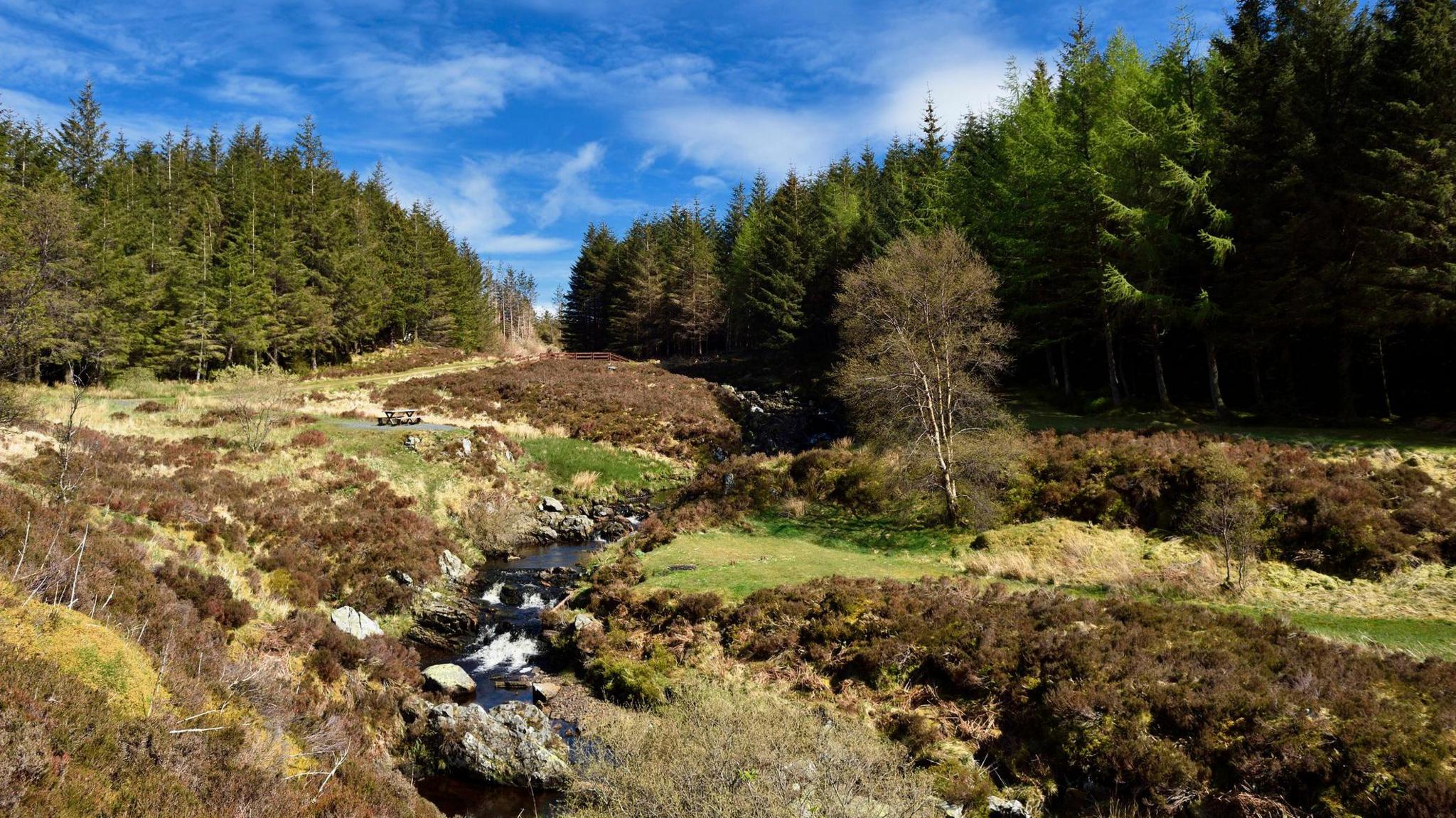Anger and frustration over new national park
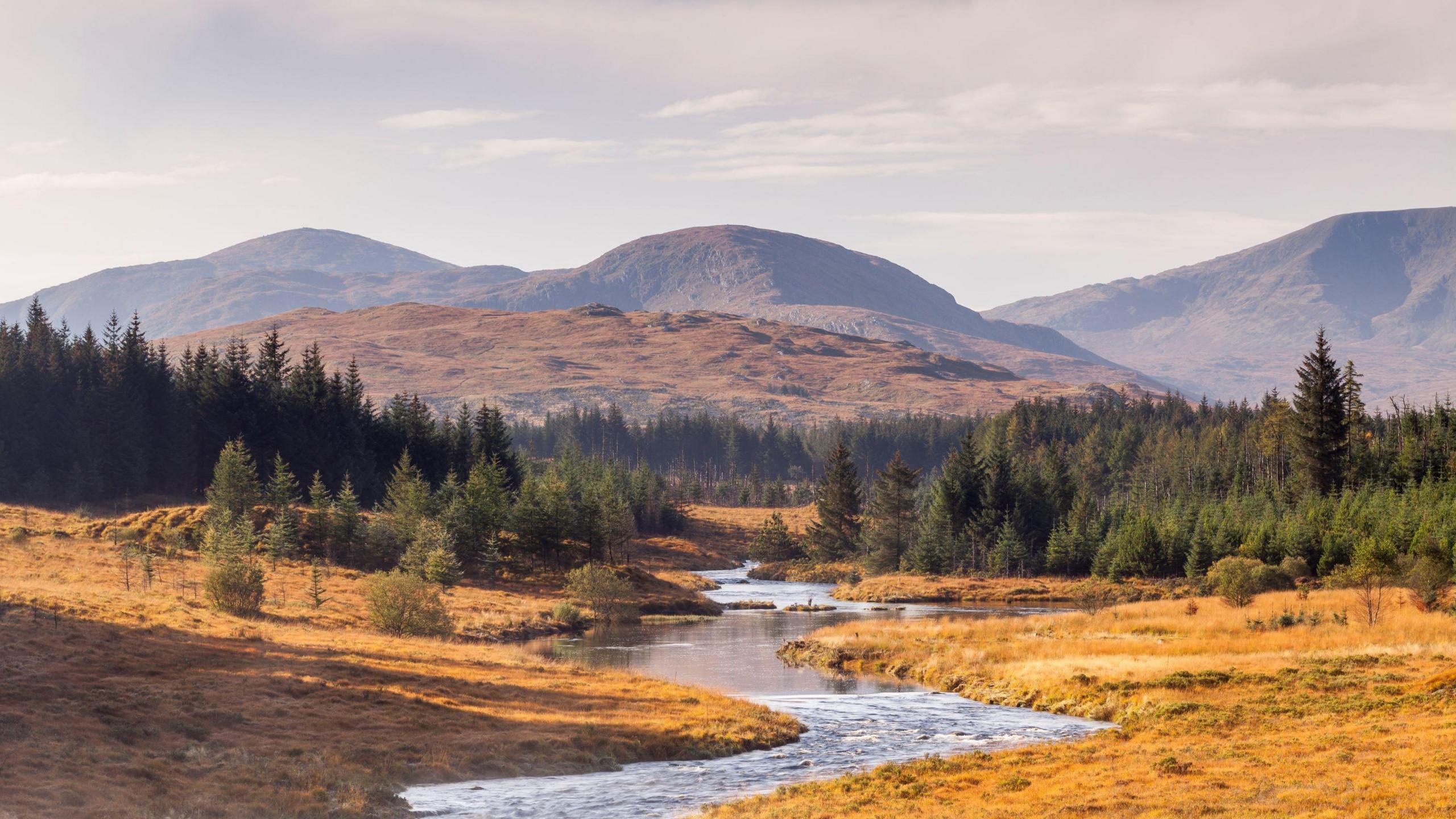
There are three potential boundaries for a new national park
- Published
The halfway point has been reached in an extended public consultation into whether Galloway should become Scotland's third national park.
NatureScot is conducting the process which ends on 14 February, two weeks later than originally tabled to take into account the festive period.
So, after weeks of public meetings, paper and online consultations, has anyone changed their mind?
There has been anger and frustration among both supporters and objectors in what has turned out to be one of the most contentious issues raised in Dumfries and Galloway.
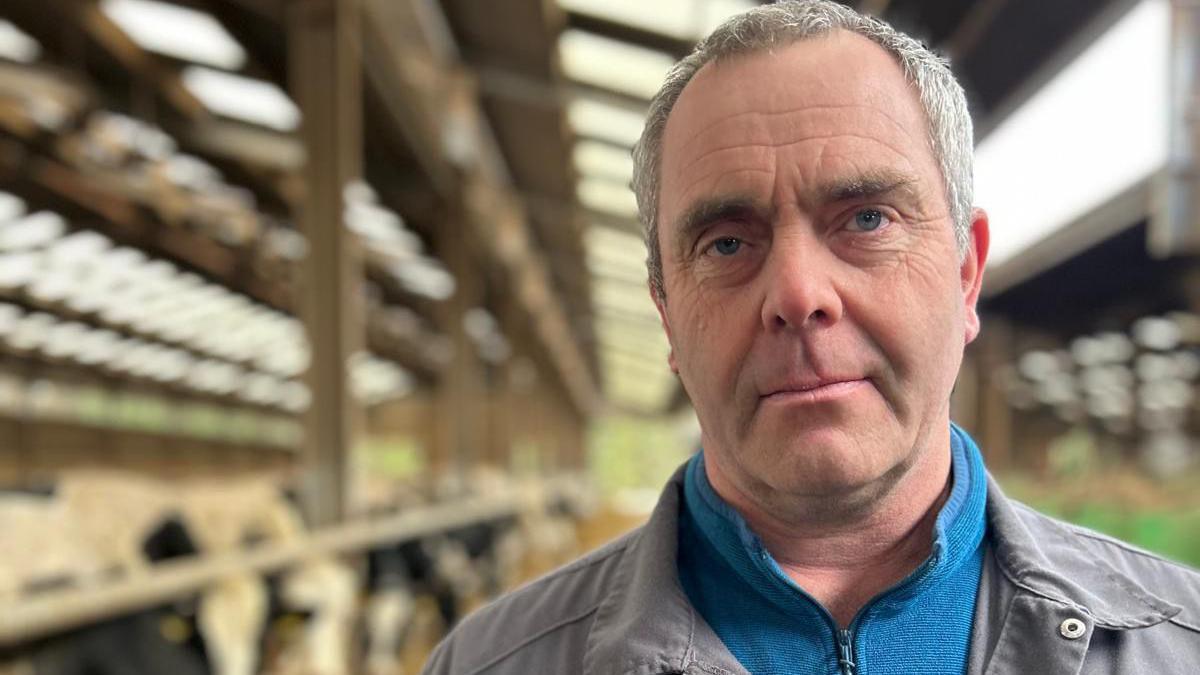
Farmer Ian Cruickshanks says he has invested heavily in infrastructure but feels it could all be lost if the national park goes ahead
What is being decided?
There are three potential boundaries for a new national park.
Option one concentrates on hills and coast, option two hills and extended coast and option three hills, coast and countryside.
Part of South Ayrshire would be within the boundary and East Ayrshire too.
There are concerns from those against the plans that there is not an option to choose a plain no.
However, the questions on the consultation online ask if someone strongly opposes the move.
The cost of a new park is undecided but it is likely to be £5m or more according to estimates from NatureScot.
What is the process?
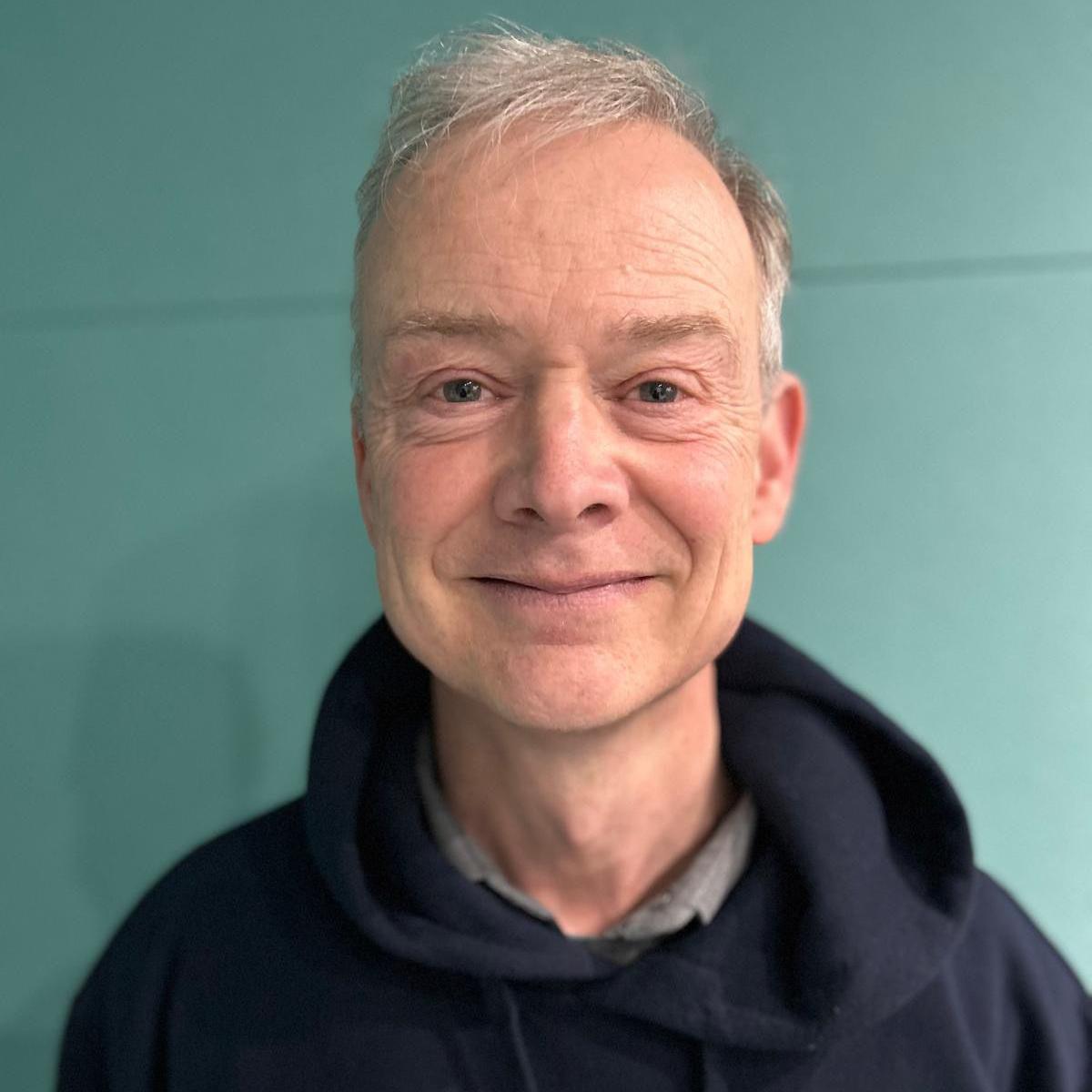
Stuart Graham from NatureScot says it is important for people to give reasons as to why they do or don't want a national park
NatureScot is in charge of the consultation and will report back to the Scottish government with its findings in April.
A total of 52,000 households and businesses received a paper copy of the consultation. And 29 public events have been tabled across south west Scotland, including parts of Ayrshire which could come under the park's boundary if it goes ahead.
There have also been two online events with another scheduled for January 14.
Stuart Graham, NatureScot's operations manager for south Scotland, told BBC Scotland News: "By all means have your say whether yes, you want a national park or no, you don't, but in particular we really need reasons, we really need details as to why that is, as that will help us inform back to government."
The No campaign has pushed for a referendum on the matter which has been backed by Dumfries and Galloway councillors
They have been putting pressure on the Scottish government which had already turned down the suggestion, saying all views would be considered in the ongoing consultation.
Who is in favour?
Those in support say the status will bring extra investment and tourists.
Rob Lucas, chairman of the Galloway National Park Association, said the heat in the debate was "frustrating" and that the conversation being carried out was "closing down" debate.
Stranraer could be within the boundary area if either option 2 or 3 is chosen.
Allan Jenkins works on economic regeneration projects in the town.
He said: "Stranraer has suffered one blow after another, especially when the ferries moved out and we lost so many visitors and so much trade.
"A new national park would give businesses a reason to invest here and visitors more reasons to come here and stay for a while."
The former mining village of Dalmellington in East Ayrshire is also in need of a boost and a park would bring much needed hope to young people and families there, according to Mark Gibson who runs the Craigengillan Estate.
He farms, carries out conservation work and runs holiday accommodation.
He said farmers and landowners were the wealthiest people within the proposed park's boundary and thinks the emphasis must be on reversing decline in the wider communities.
Mr Gibson said minor changes to planning applications should not be put ahead of "the futures of thousands of kids" and said a national park could "change things for the better".
"We have warm-hearted people, landscapes and altogether we can bring about a glad new day," he said.
Who is against?
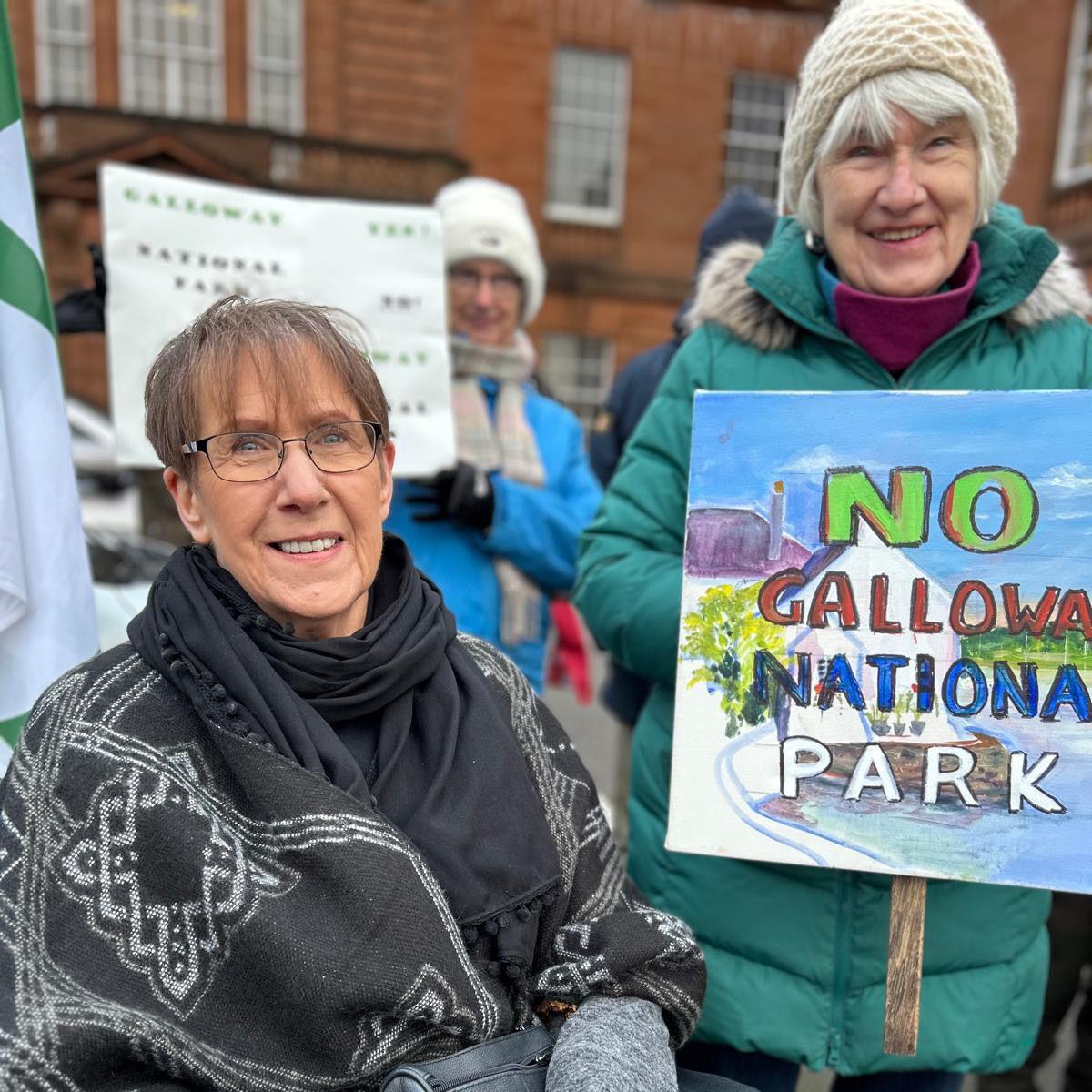
Liz Hitschmann (left) is one of the women who started the campaign against having a national park in Galloway
Denise Brownlee and Liz Hitschmann, who both live in Gatehouse of Fleet, started the campaign against having a national park in Galloway.
It has become a strong and vocal opposition.
They said the roads infrastructure needed to be upgraded first before encouraging more visitors.
They highlighted the fact that if the A75 - which brings traffic from the ferry terminals at Cairnryan across Dumfries and Galloway to Gretna - is closed, HGVs are diverted through narrow roads and villages.
Soaring house prices and low-paying jobs in the service industry are also of concern.
Ms Brownlee said: "Having lived and worked in the Loch Lomond and Trossachs National Park, I've seen damage to the area and nature. I don't want that happening here.
"I don't want the kids' only prospects to be making coffees or beds up. If we had the infrastructure sorted, we could have businesses coming in on the back of that."
The Scottish NFU has announced that it is actively against a park being established in Galloway.
South West Scotland is the biggest dairy farming area in Scotland.
There are almost 180 herds in Dumfries and Galloway, ranging in size from 60 cows to more than 1,000.
Farms are a place of work, the home and the future for the next generation, making it a personal debate for many in the sector.
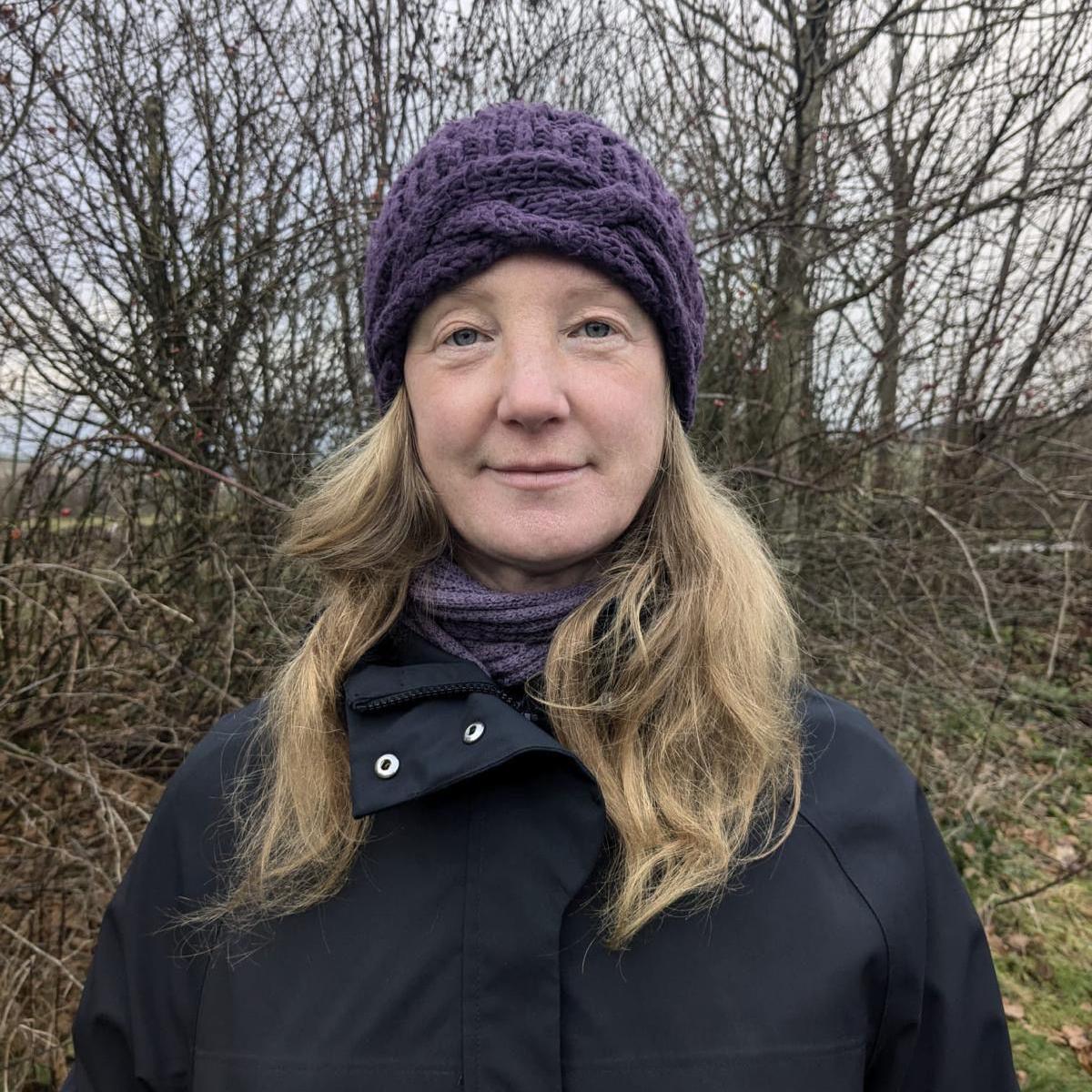
Catriona Forrest believes there should be an independent academic review
Ian Cruickshanks is the fourth generation at his farm at Borgue near Kirkcudbright.
"I am genuinely worried," he said. "We have invested heavily in infrastructure but it could all be lost."
He worries about his children. "They will have to move to strive rather than become park rangers or limited with the ability to farm under a national park tied up in bureaucracy.
"The overall anger in the area will lead to unrest if the government doesn't listen."
Mr Cruickshanks has two sons and a daughter who have studied agriculture at university.
His son Scott, 24, is chairman of Stewartry Young Farmers and says the future looks bleak under a park.
"It's going to be a hindrance to my ability to invest and improve facilities," he said. "It's going to be an absolute destruction of what I hope for in my future."
NatureScot denies that park status would constrain farmers and said it is keen to work with them.
Catriona Forrest lives near Castle Douglas and said she initially thought a park sounded like a good idea but has since changed her mind.
She does not believe the consultation is democratic and said an independent, academic review would be the best way forward.
"The issue now is the information and misinformation on the benefits of a national park," she said. "I don't believe in them but it's hard to unpick and work out what we'd be getting.
"I think an independent review carried out by say IPSOS or a university would give us the pros and cons and we'd know what we were facing."
Other sectors?
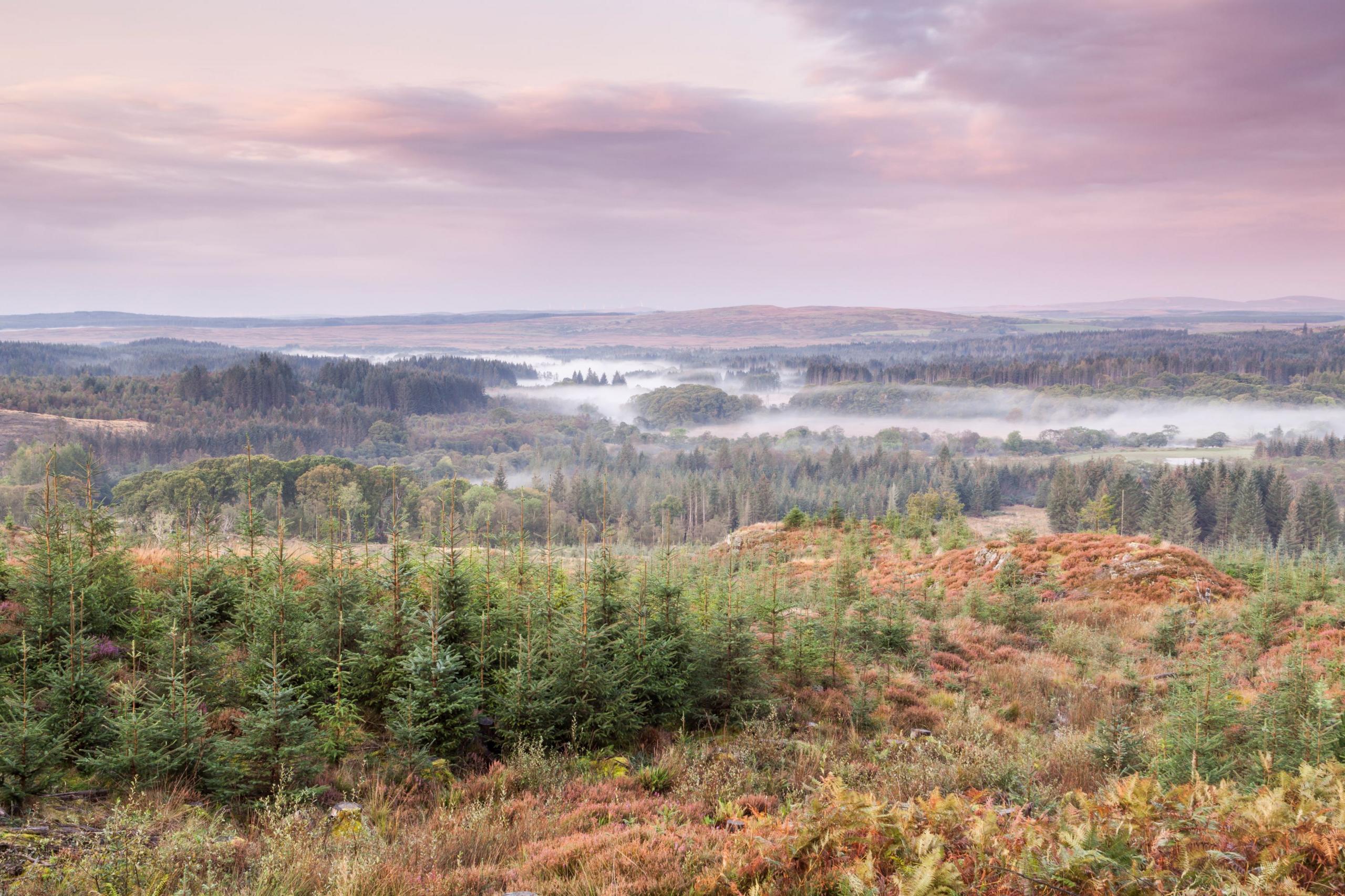
Apart from farming, the other sectors vital to the economy of south west Scotland are tourism and forestry.
As a government body, Forestry and Land Scotland remains neutral in the debate.
The Confederation of Forest Industries has said in previous reports that it is the "bedrock" of areas such as Dumfries and Galloway and is a billion pound industry in Scotland.
Tourism supports 9,472 jobs and brought in £582m to Dumfries and Galloway, according to the South of Scotland Destination Alliance - a marketing organisation representing about 660 businesses, communities and social enterprises involved in the visitor economy across the region.
Chief executive David Hope Jones said: "Tourism is not a dirty word. It is an essential part of our economic prosperity.
"An appropriately governed, light-touch national park can be used to attract responsible, high-spending visitors - helping our local businesses to keep staff employed, year-round, in quality jobs."
Nature Scot said it was for the people of Galloway to shape the park to benefit them and to have a say on how far reaching its authority would be. Around a third of the board would be local people.
Related topics
- Published12 December 2024
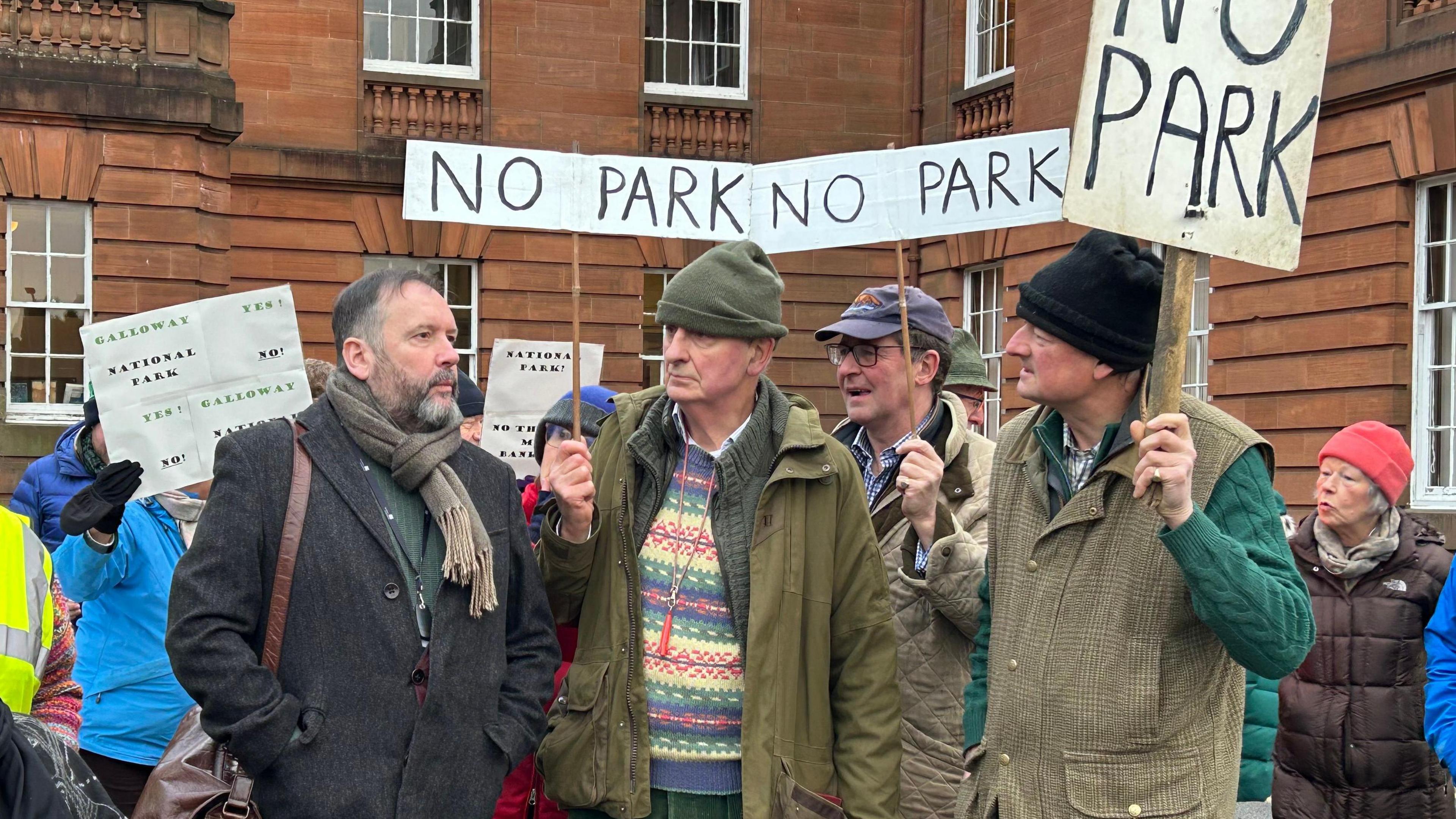
- Published28 November 2024
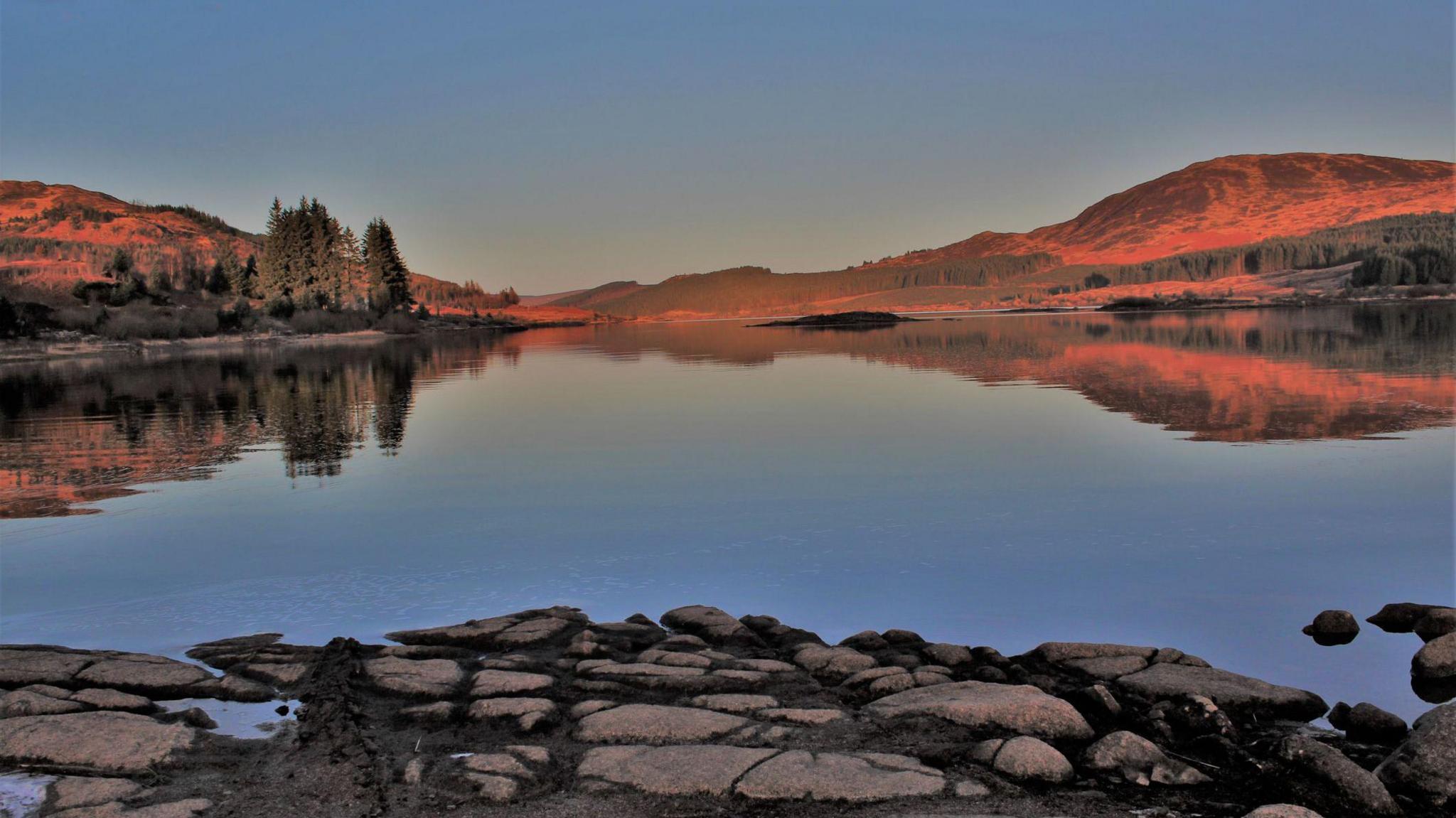
- Published1 November 2024
